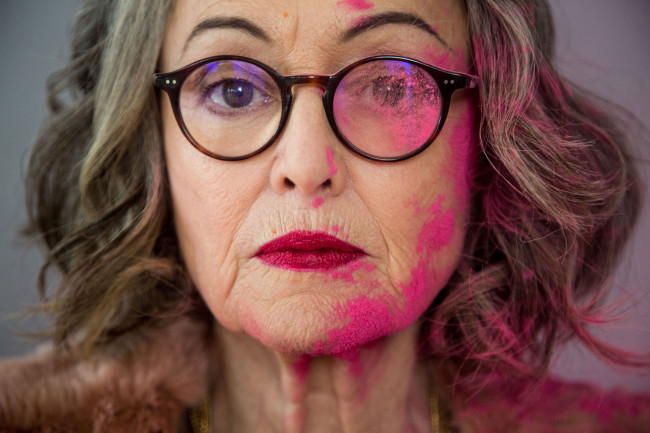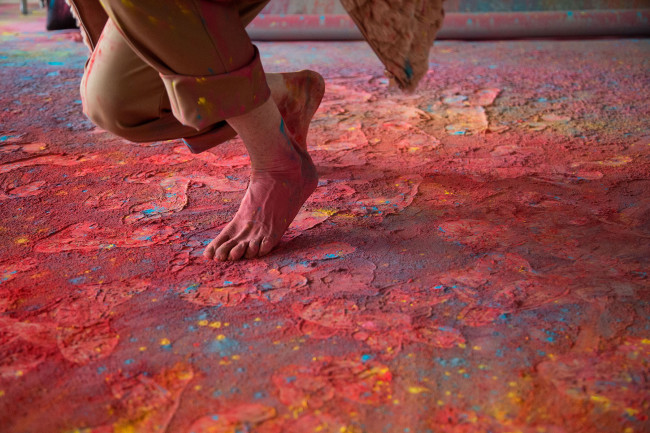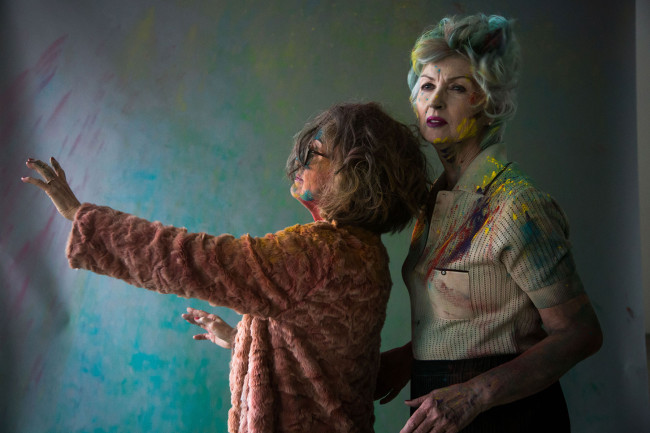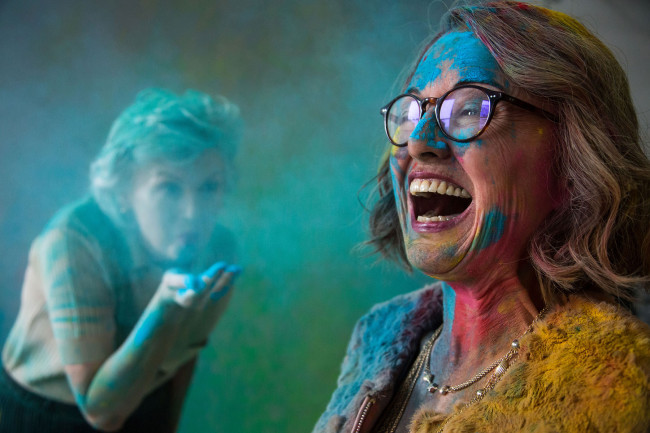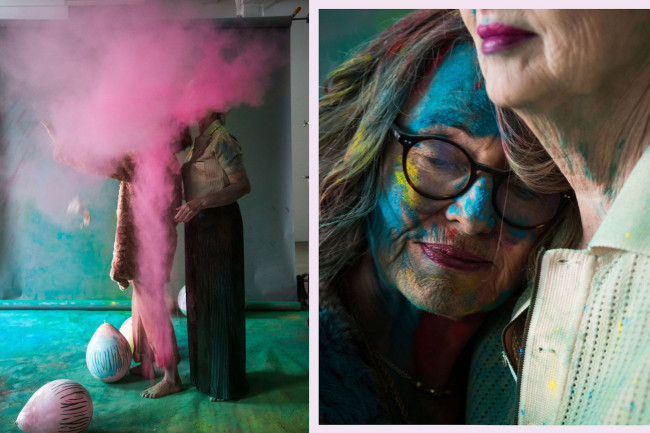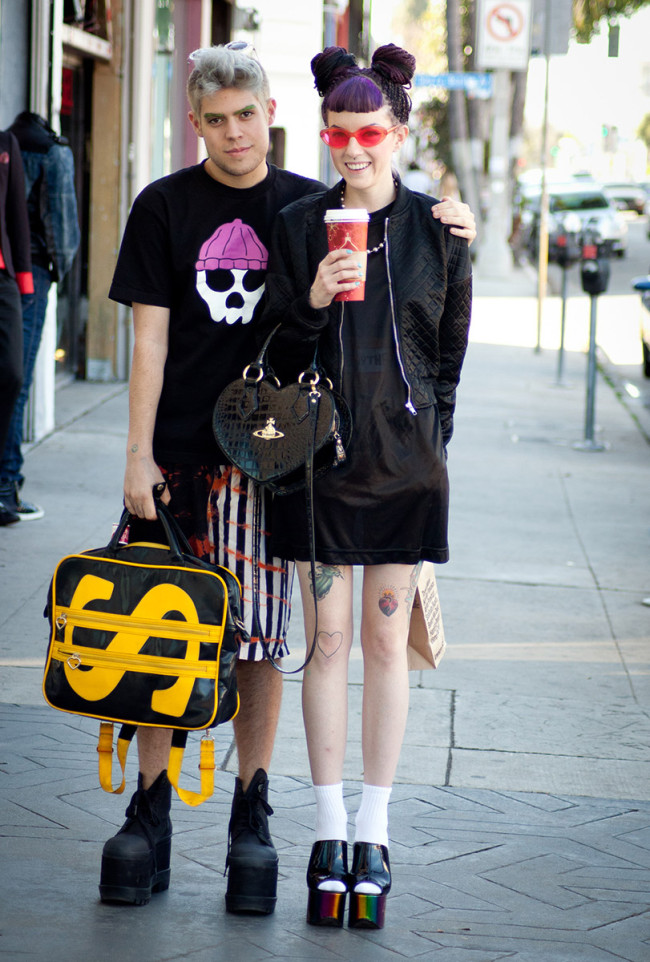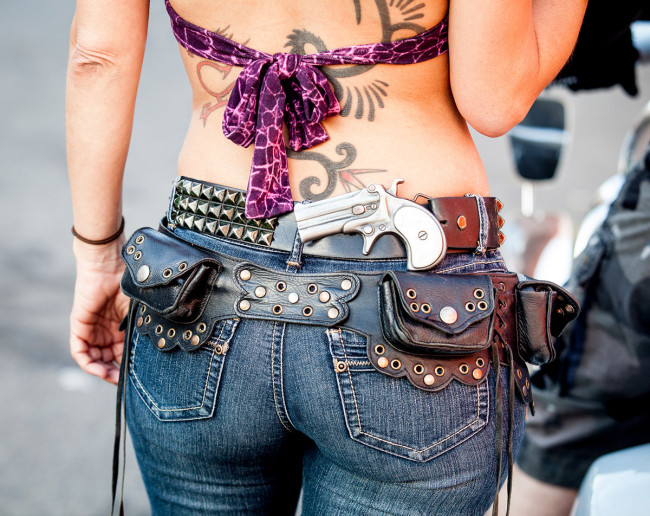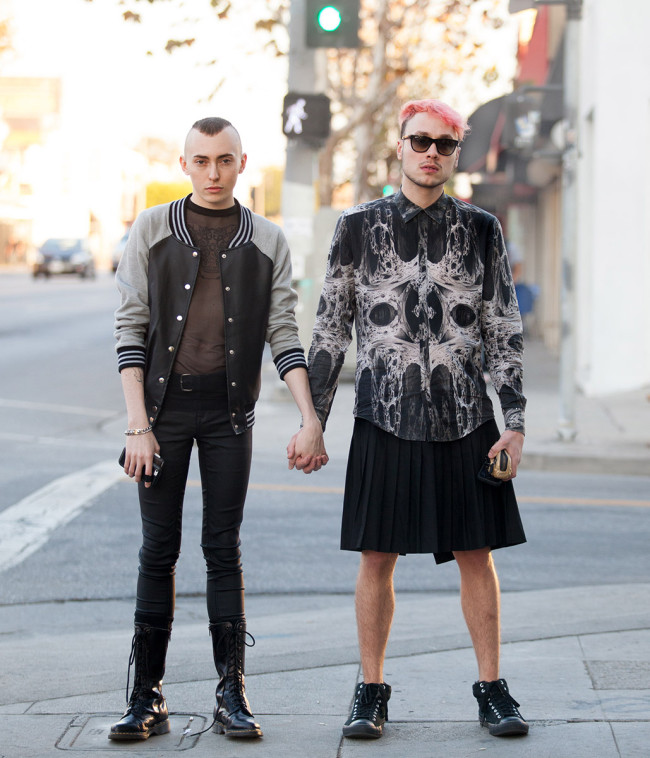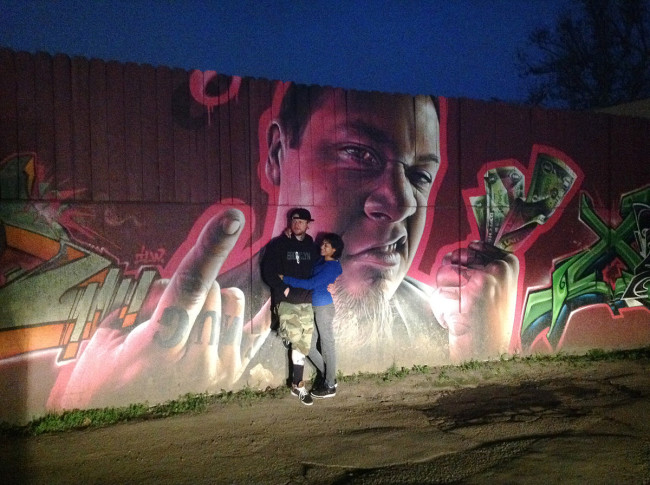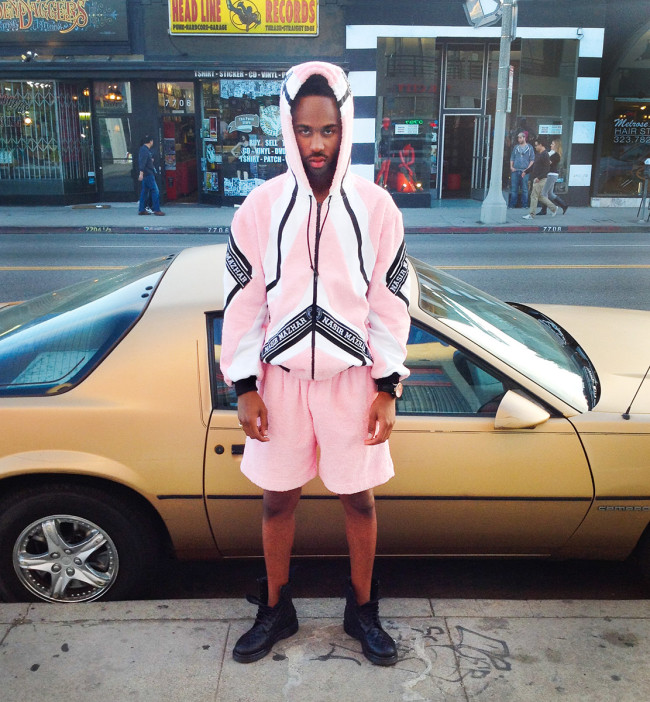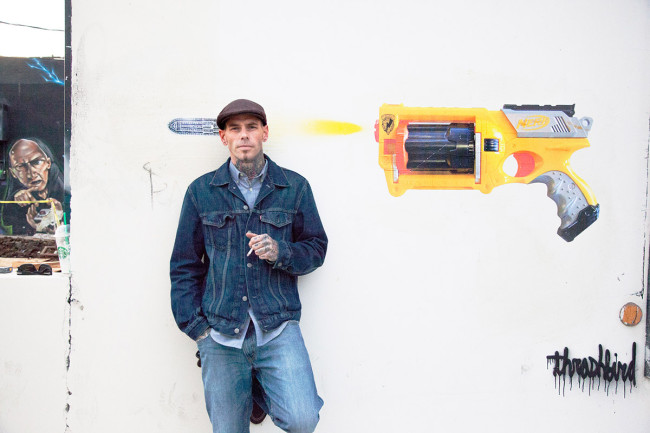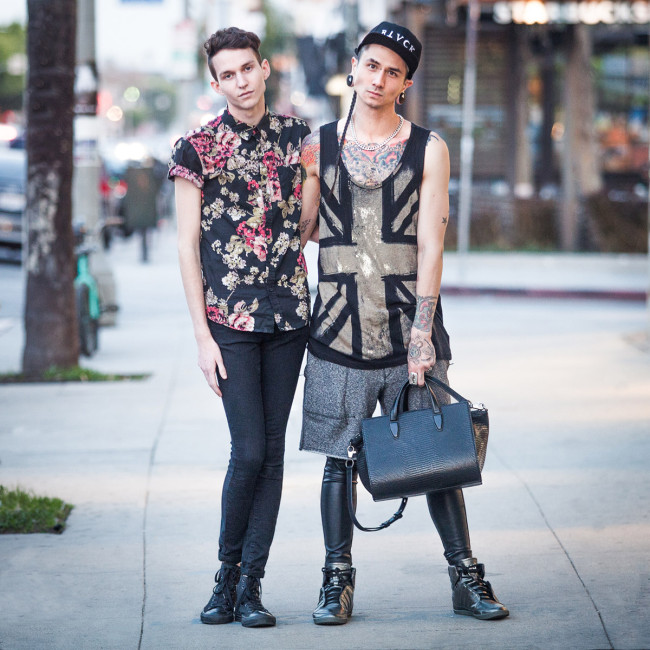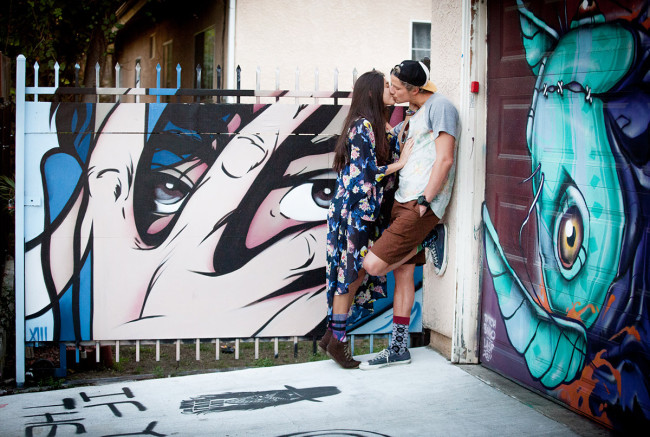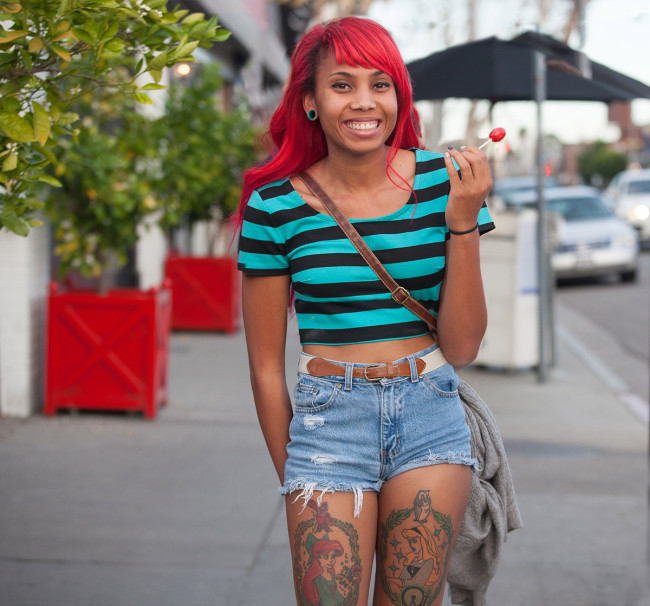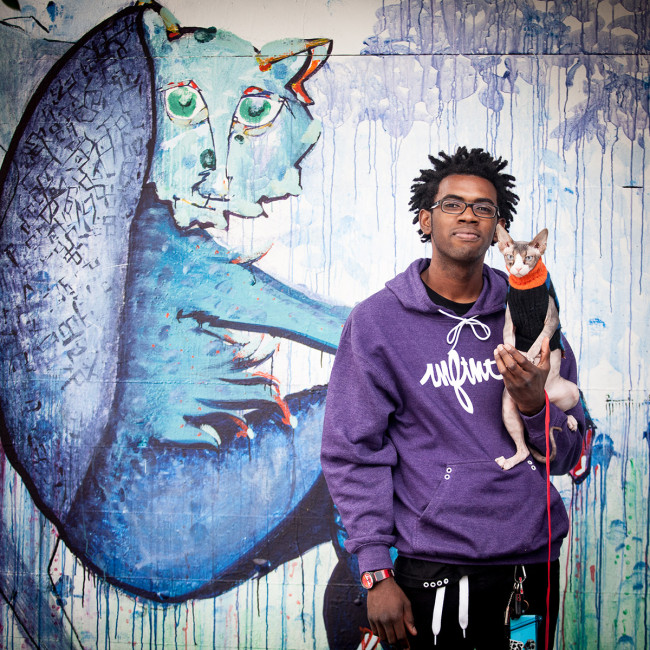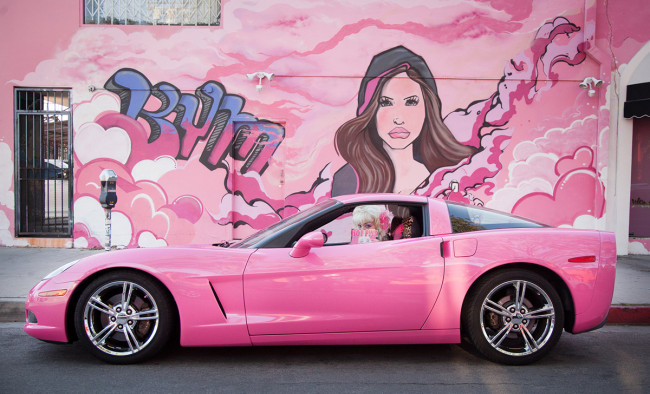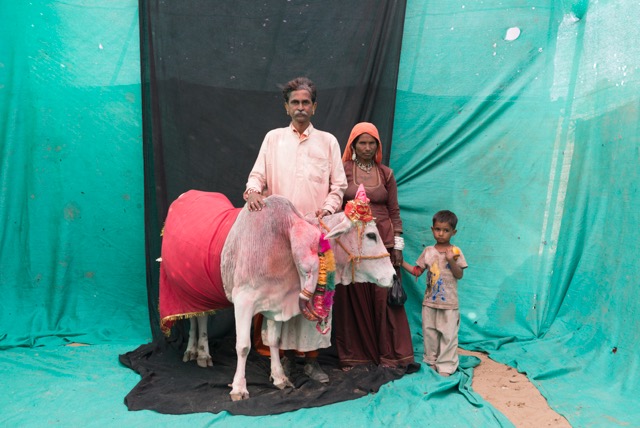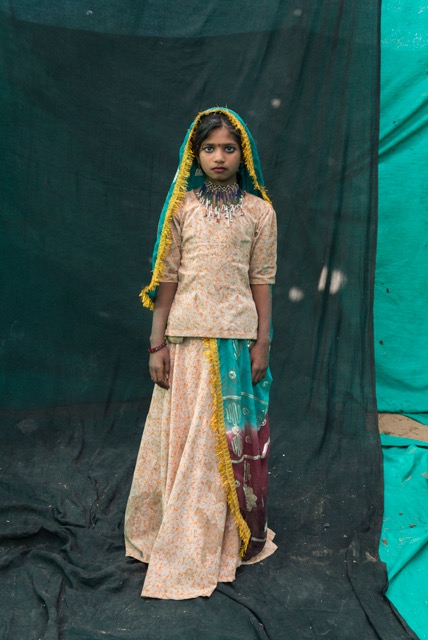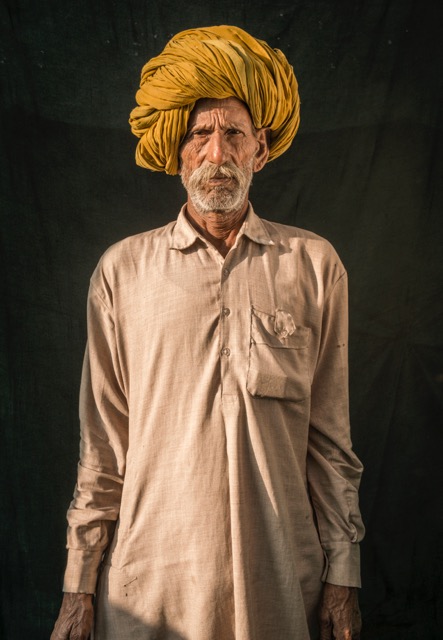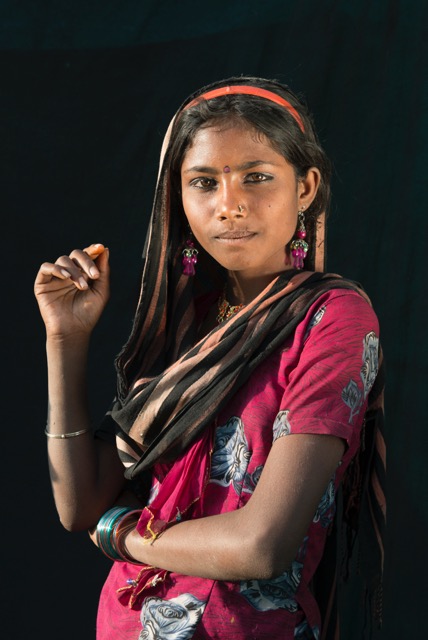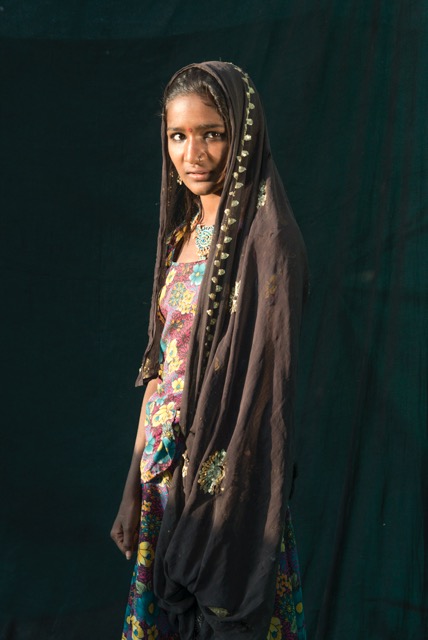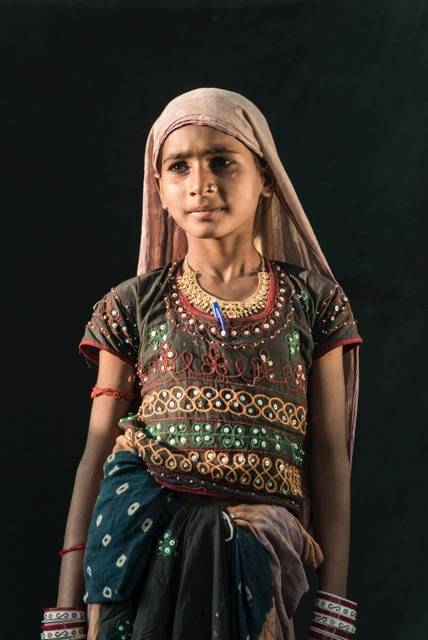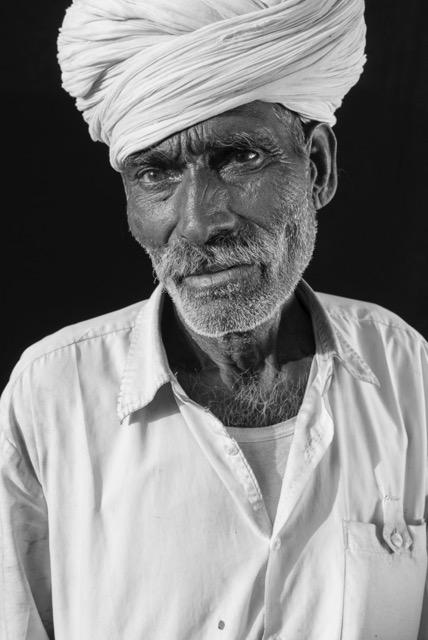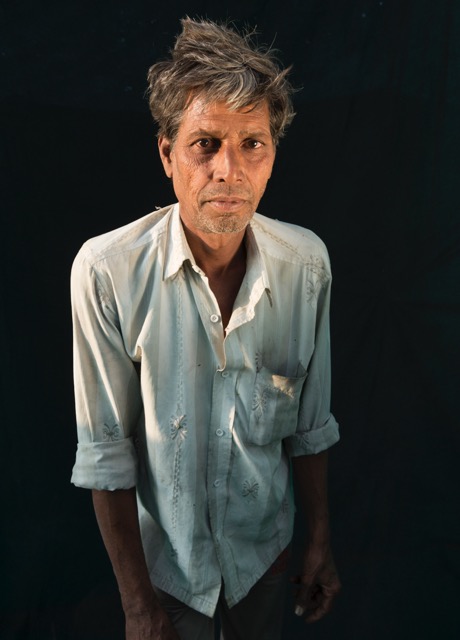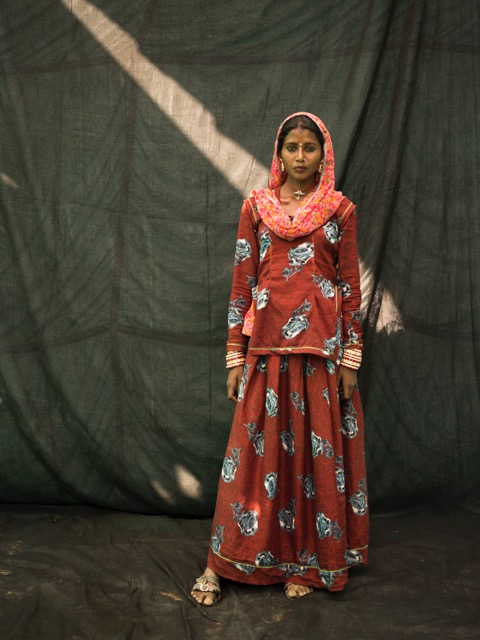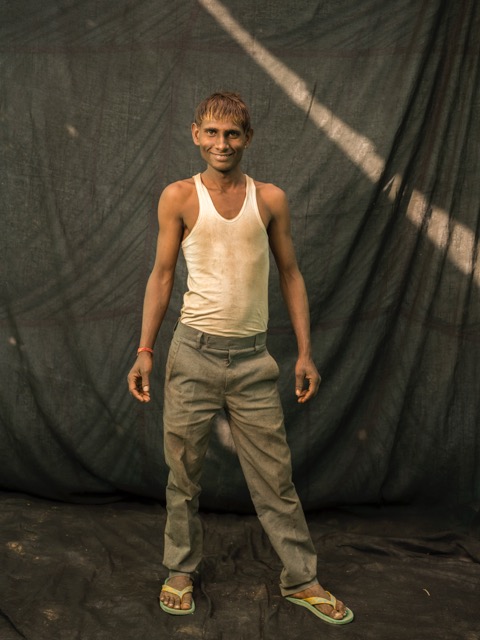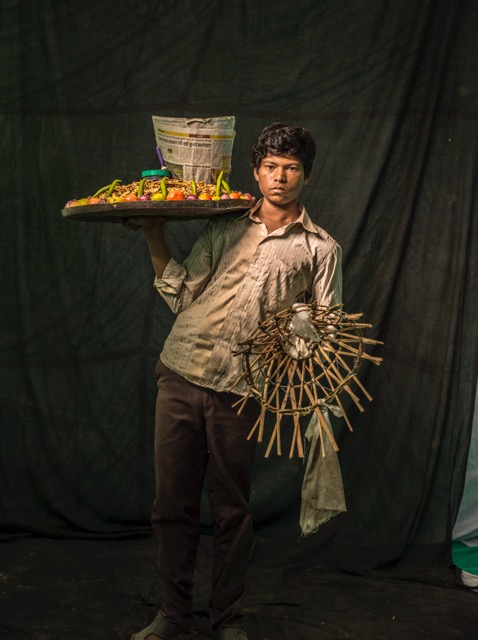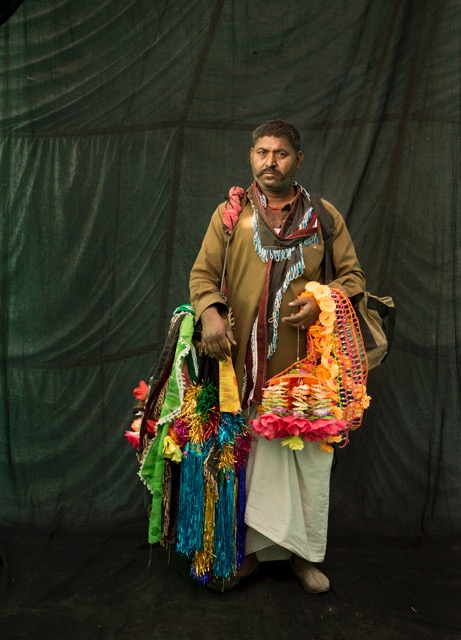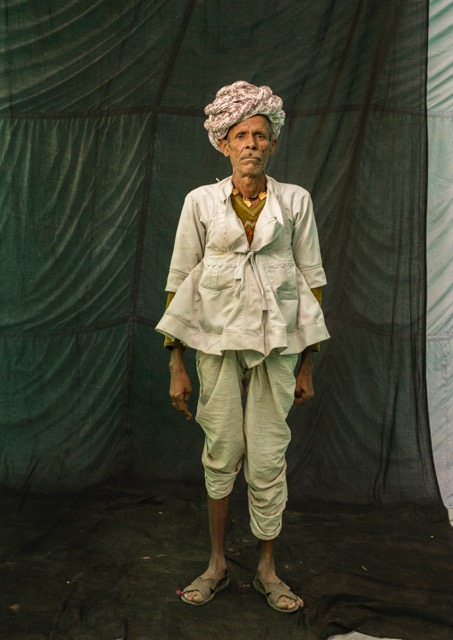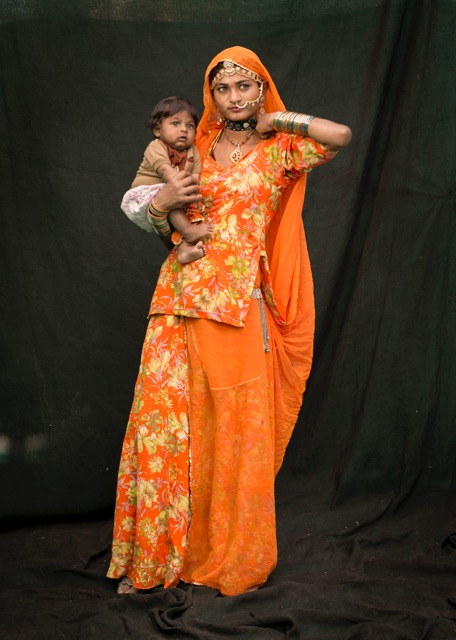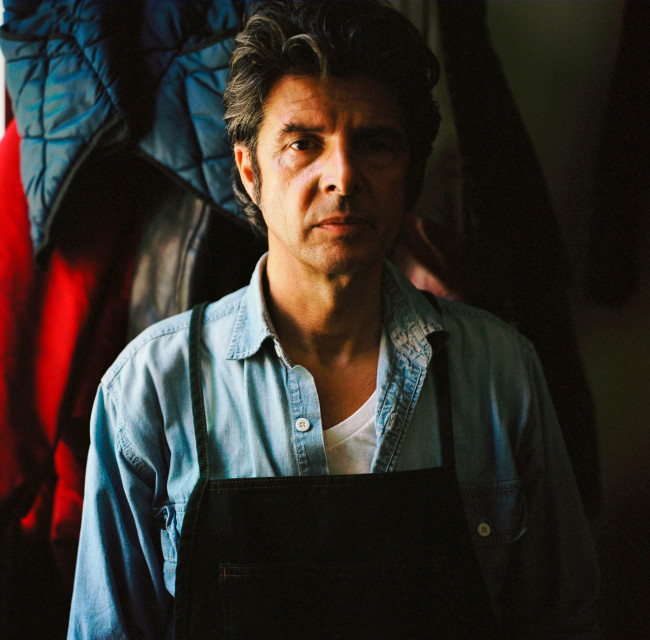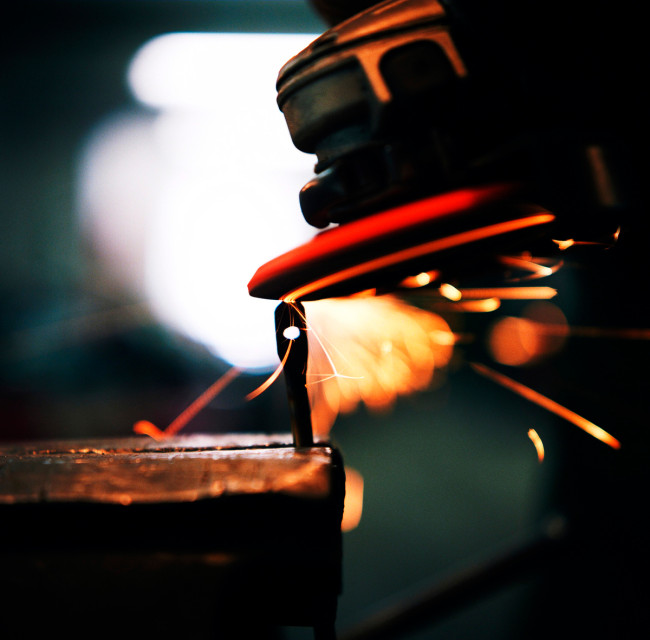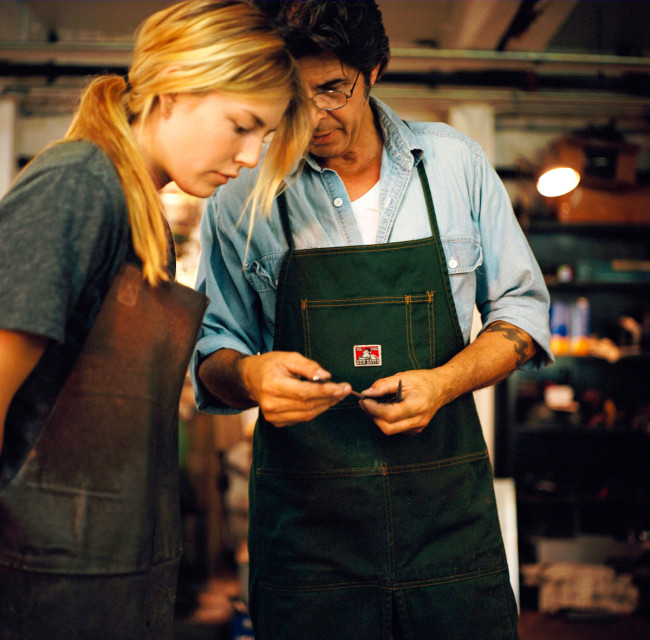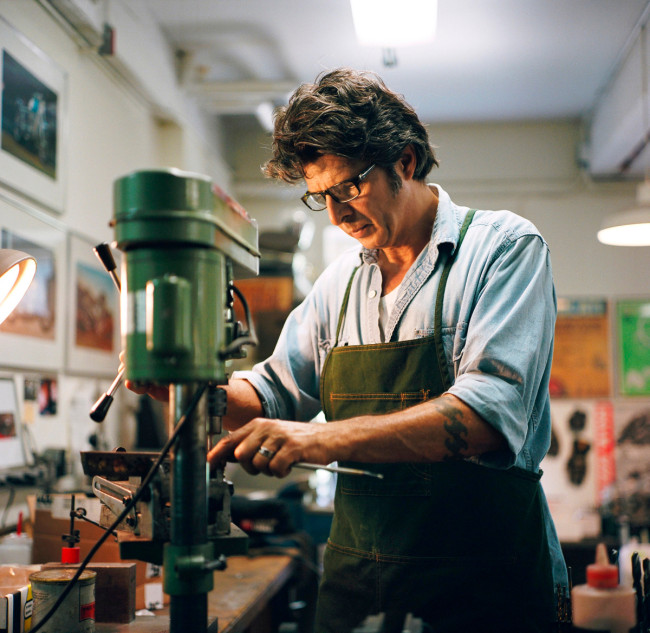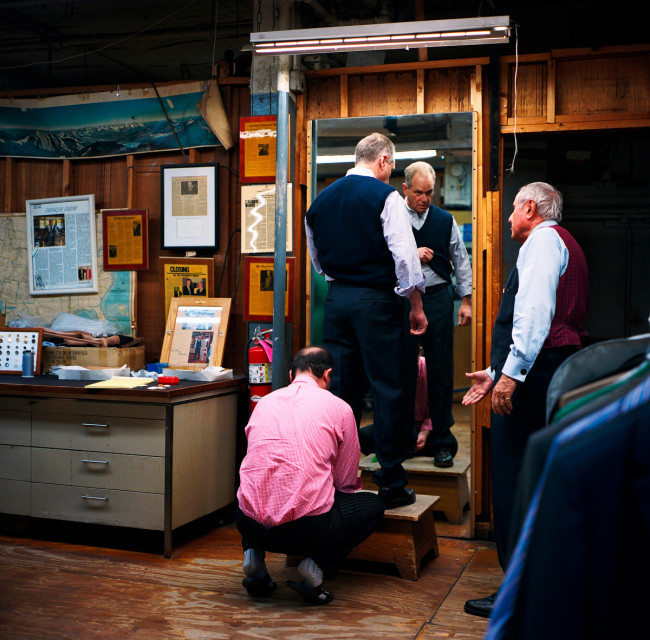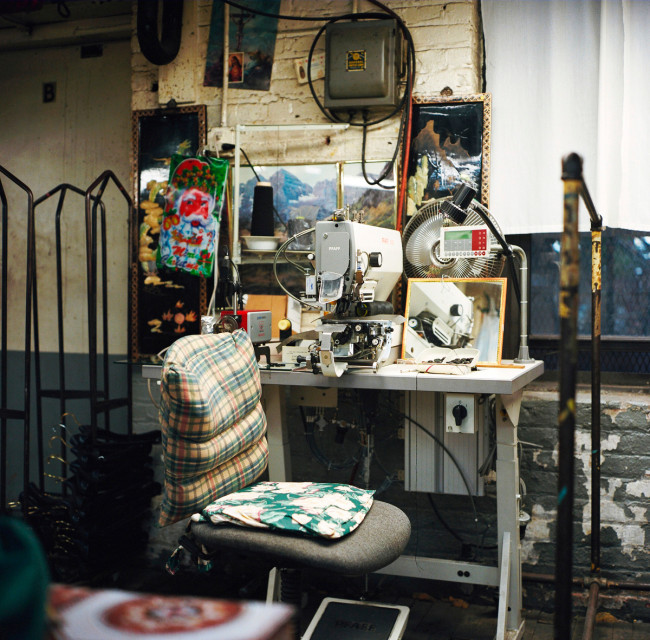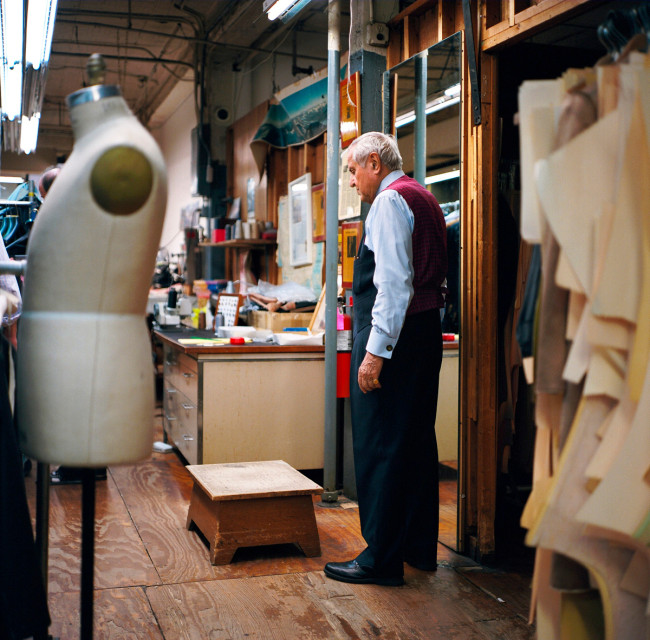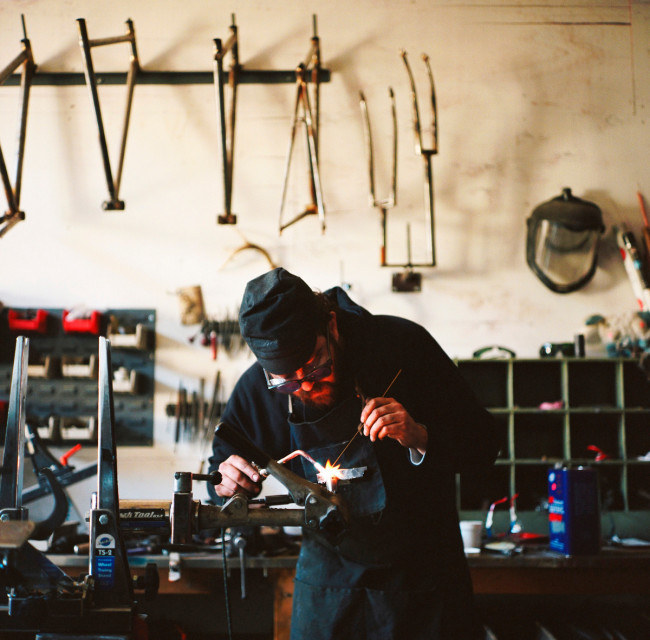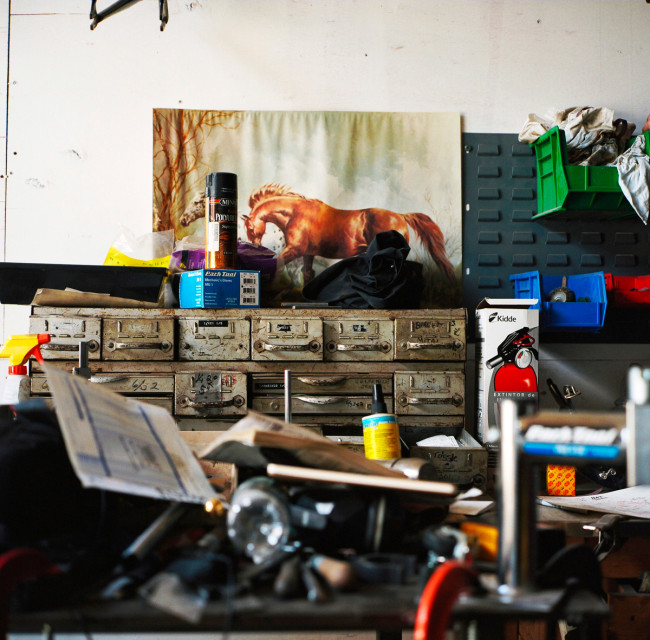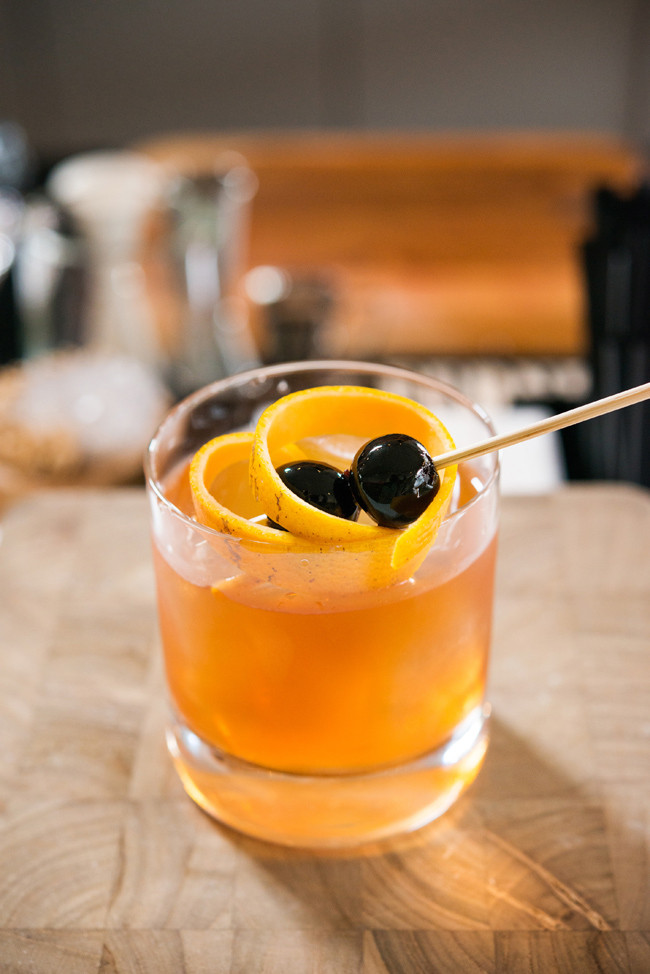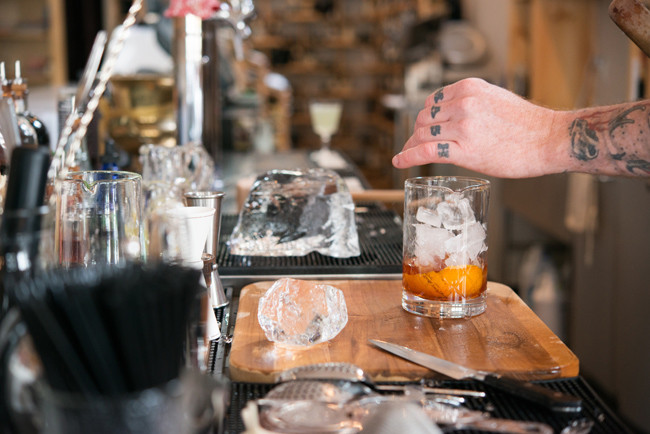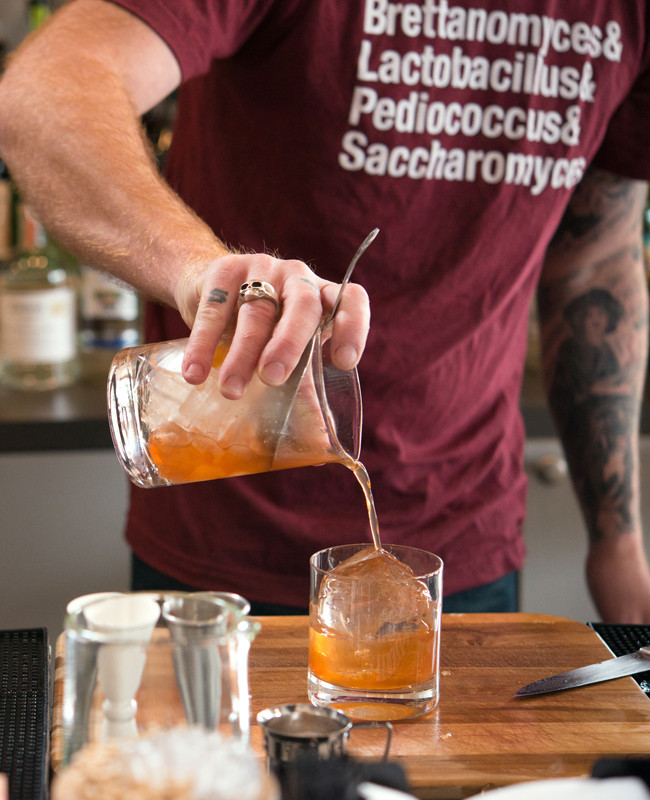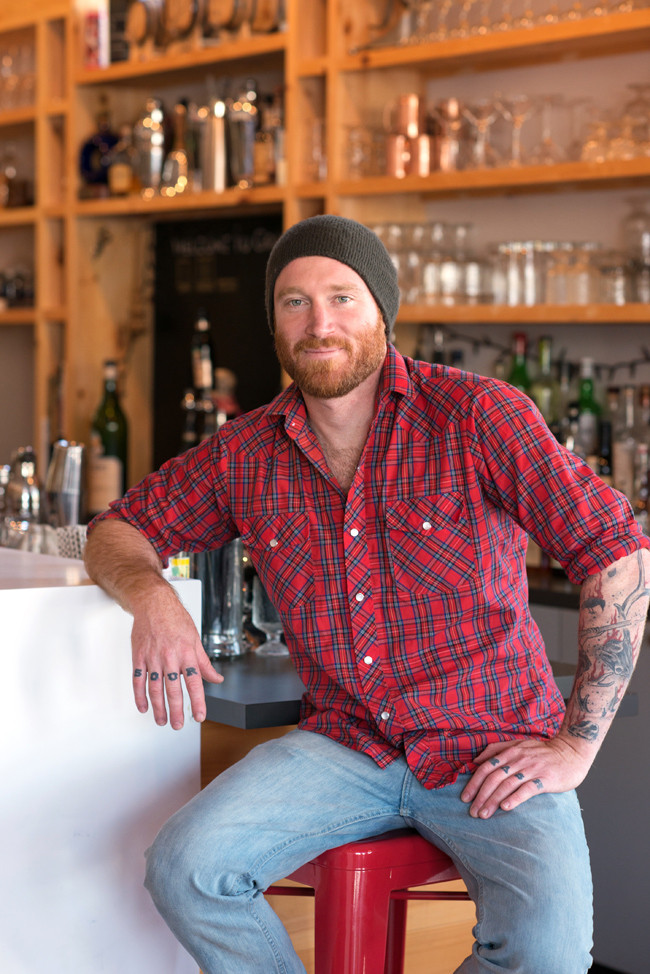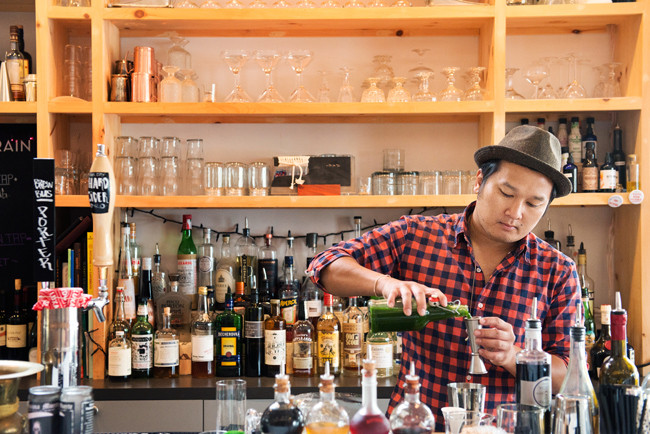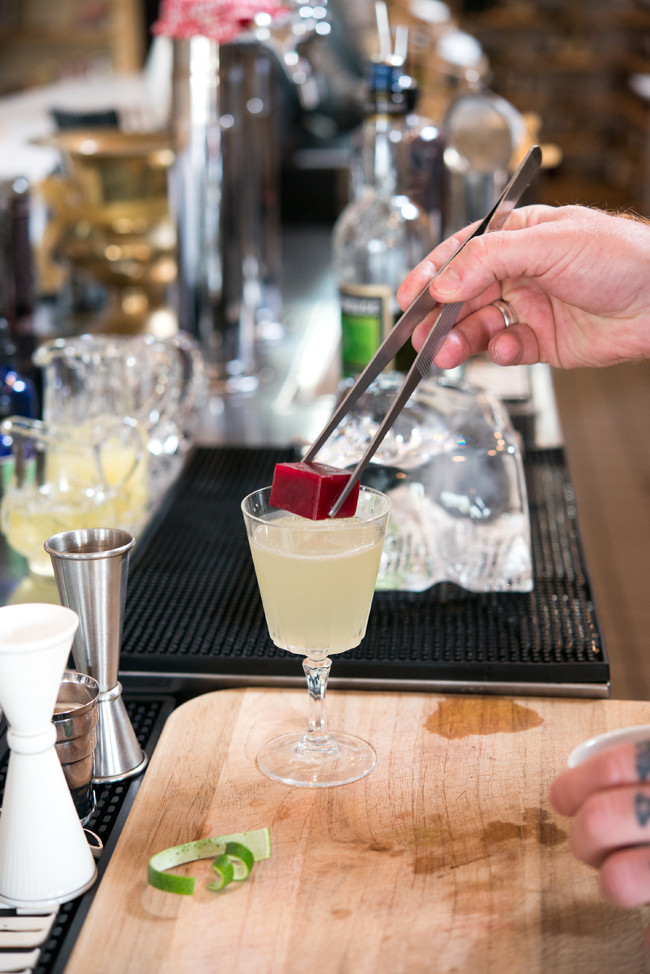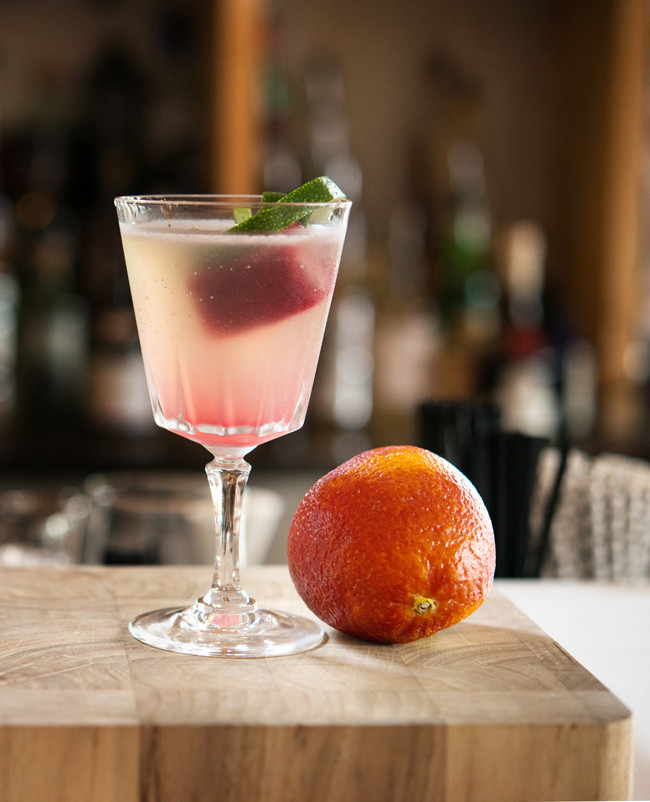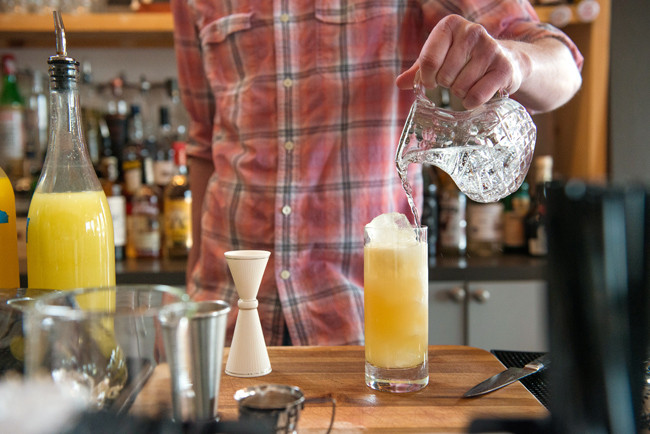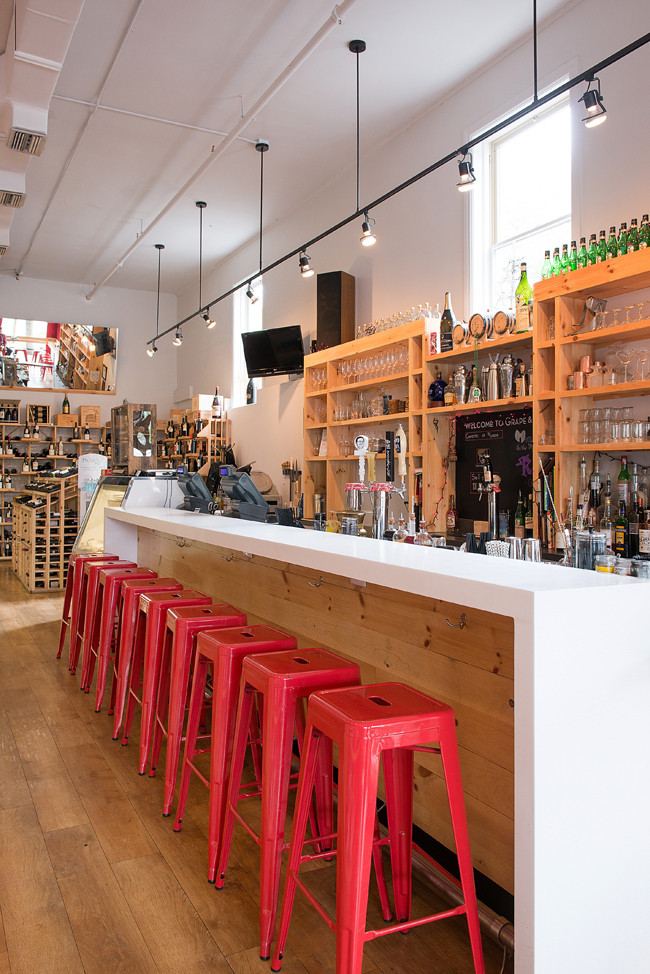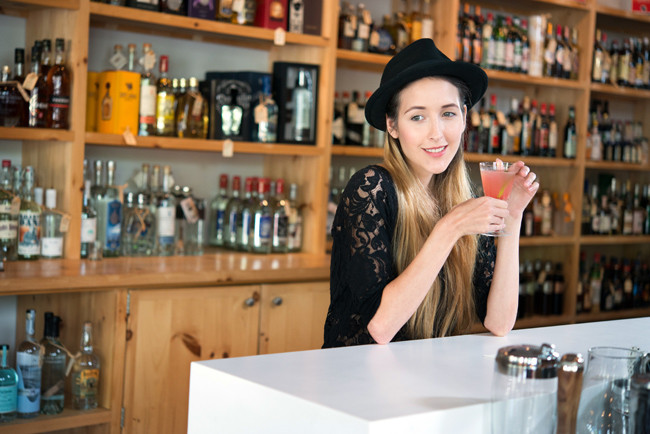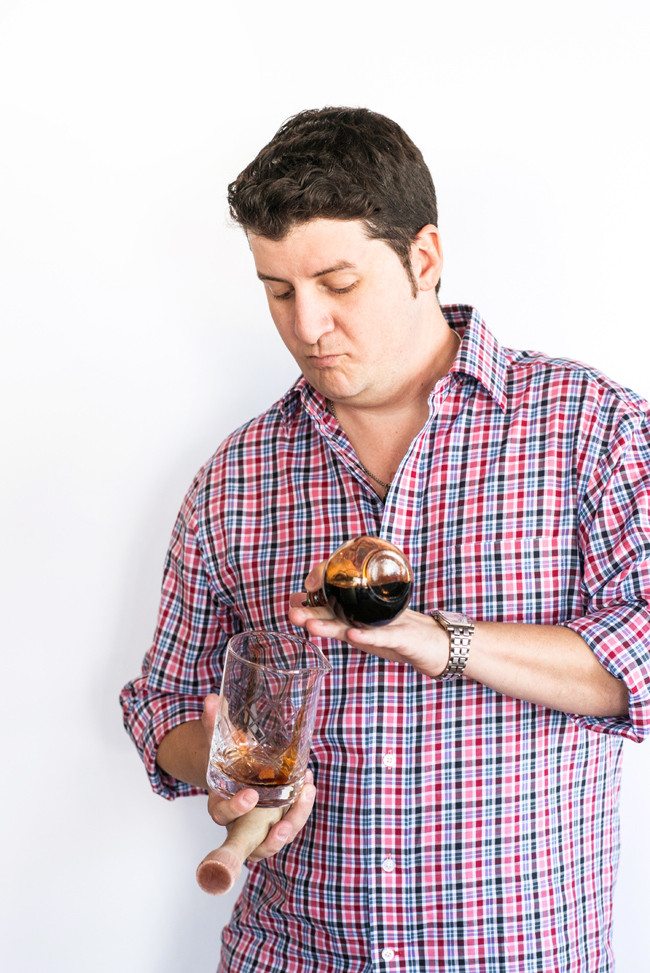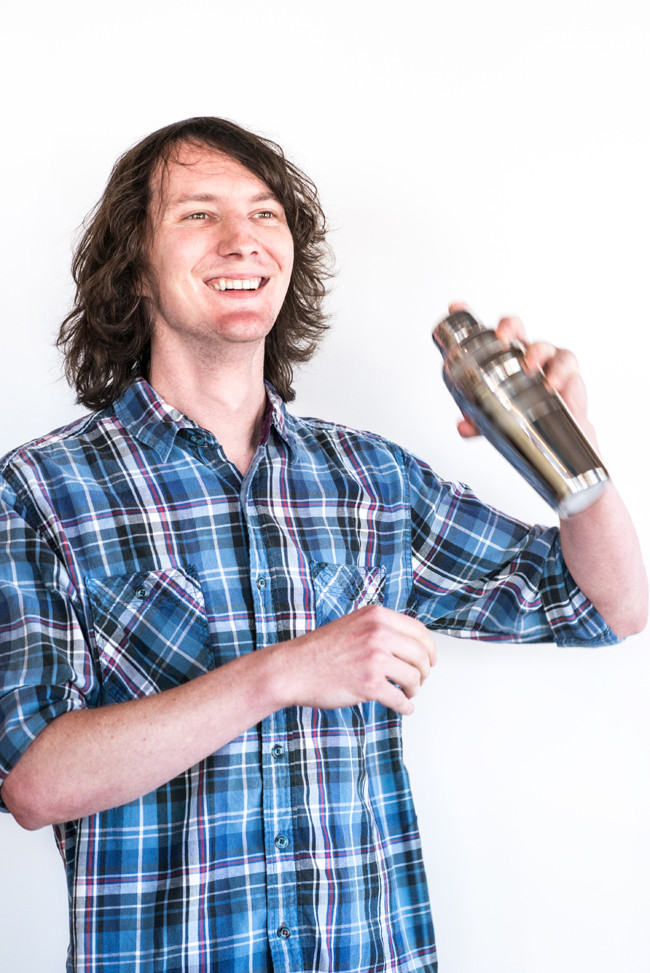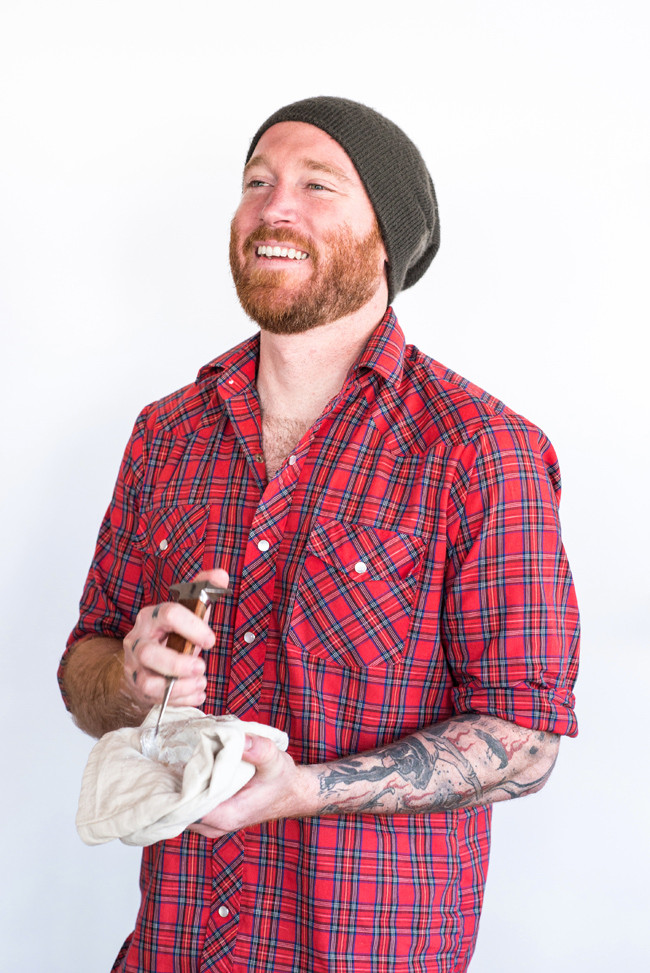As a former Art Producer, I have always been drawn to personal projects because they are the sole vision of the photographer and not an extension of an art director, photo editor, or graphic designer. This new column, “The Art of the Personal Project” will feature the personal projects of photographers using the Yodelist marketing database. You can read their blog at http://yodelist.wordpress.com. Projects are discovered online and submissions are not accepted.
Today’s featured photographer is: Jazzmine Beaulieu
How long have you been shooting?
5 years professionally
Are you self-taught or photography school taught?
After graduating High School, I attended the Hallmark Institute of photography where I was enrolled in a 10-month program focusing on the technical, business and artistic sides of photography. Upon graduation, I moved to NYC, where I immersed myself in the world of photography, galleries, Fine Art and Street Art, developing close relationships with a wide range of talented artists in these and other fields. My experiences both professionally and socially since moving to NY, have taught me many things applicable to my field, that I could never have learned in the classroom, so in a very real sense, I was formally educated and self-taught.
With this particular project, what was your inspiration to shoot it?
I had seen some images from India’s Holi Festival and was incredibly inspired by the otherworldly effect that the application of this substance had on those who used it and immediately decided that I wanted to use it as an element in my work. A Colourful Life was born by my desire to use the powder as an incongruously playful environment for 65yr plus women. The inevitability of aging is mostly discussed or illustrated with a sense of dread. I conceived this project as an opportunity to instead, celebrate it. To communicate the idea, that spirit, beauty and joy do not have to diminish with age and in fact it’s life’s experiences that make us all that much more vital. The images I captured wouldn’t be nearly as interesting without the brass of the women in them.
How many years have you been shooting this project before you decided to present it?
This came together fairly quickly. From concept to capture it was about 6 months.
How long do you spend on a personal project before deciding if it is working?
The answer to this question is always going to be specific to the project itself. In this instance, I somehow always believed that it would work right from the start but my confidence in it grew enormously as soon as I met with my team. Their shared enthusiasm helped reinforce my feeling that this was going to be something very special.
By the time we walked into the studio, the only production left to do was to set our stage and capture the narrative that played out on it. As soon as we captured the first image that was a direct manifestation of our collaborative efforts it was clear the shoot would be a success. As a photographer that moment is the drug. It’s a high that keeps you moving through the entire project. At that point, no matter what, it’s a winner.
Since shooting for your portfolio is different from personal work, how do you feel when the work is different?
Human connection is the most important element in my work. I love interacting with people, hearing their stories, telling them mine. Whether the project is for portfolio or an assigned production, my relationship to the people in my images is what drives me. My hope is, no matter the content, that my audience sees and more importantly feels that when viewing my work.
Have you ever posted your personal work on social media venues such as Reddit, Tumblr, Instagram or Facebook?
Absolutely. All the time. But mostly selective edits and behind the scene images to my shoots that are meant to be teasers to the galleries I post to my own website. I also love to post images from my social outings primarily because I love my life and enjoy sharing, but also because my social adventures are direct influences on my work.
If so, has the work ever gone viral and possibly with great press?
Facebook licensed a selfie I had taken of my best friend and I last year and that image did go viral. It received 328,000+ Likes and 6,000 shares.
Have you printed your personal projects for your marketing to reach potential clients?
I think nowadays, printed promotions need to be really special to get the desired attention of it’s audience and justify the cost for the photographer. I have sent very limited, personalized cards out, but this project will more then likely be the one that gets designed into a stunning package and mailed as an edition to a wider audience.
Project Team:
Photographer: Jazzmine Beaulieu
Creative Director: Megan Yanchitis
Powder Design: Lee Milby
Hair and Makeup: Stacy Skinner
Wardrobe Styling: Jess Mederos
Jazzmine Beaulieu (1984) was born in Lewiston, Maine to an artist mother and a musician father. After graduating high school, she attended Hallmark Institute of Photography, completing a ten-month curriculum focusing on the technical, business and artistic sides of photography. She graduated at the top of her class, receiving an award for “Best Overall Portfolio” and “Most Promising New Artist”.
After graduating, she moved to Brooklyn NY, where she currently resides. Since her graduation, she’s done many successful campaigns for a wide variety of clients, including: Virgin Atlantic, Easy Jet, Azo, Taleo, Culturelle, Estoven, Mega Bus and Facebook.
(She also does non-profit work with the Make-A-Wish Foundation and Cre8tive Youth*ink/ Art Without Walls).
Her latest project entitled, “A Colourful Life” was just premiered by Vanderbilt Republic at (Un)Scene an exhibition in NYC that was part of the Armory Arts Week.
Follow her on instragram @jazzminephoto
APE contributor Suzanne Sease currently works as a consultant for photographers and illustrators around the world. She has been involved in the photography and illustration industry since the mid 80s, after establishing the art buying department at The Martin Agency then working for Kaplan-Thaler, Capital One, Best Buy and numerous smaller agencies and companies. She has a new Twitter feed with helpful marketing information believing that marketing should be driven by a brand and not specialty. Follow her on twitter at SuzanneSease.

